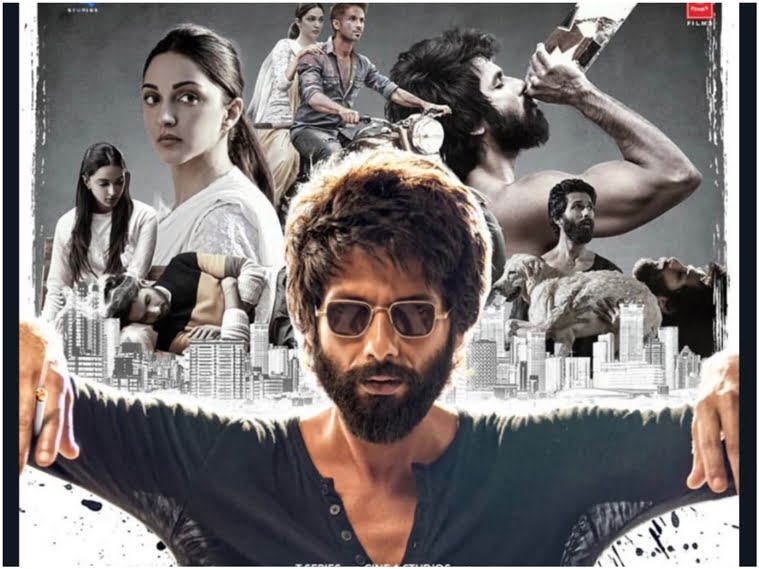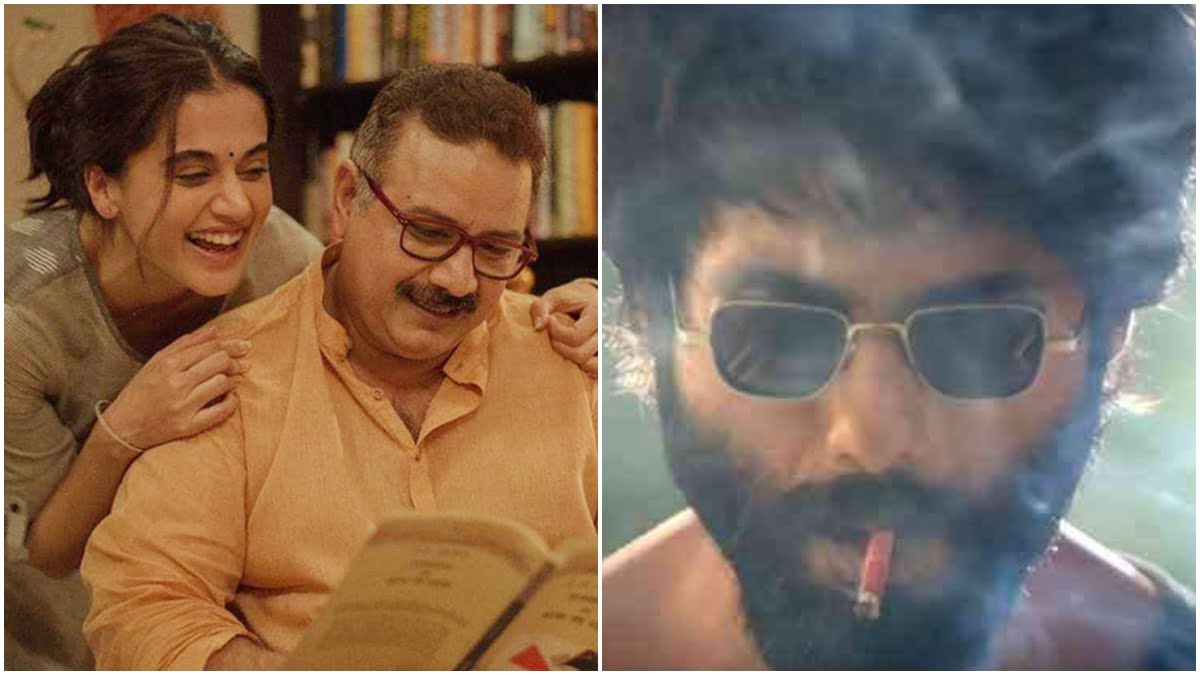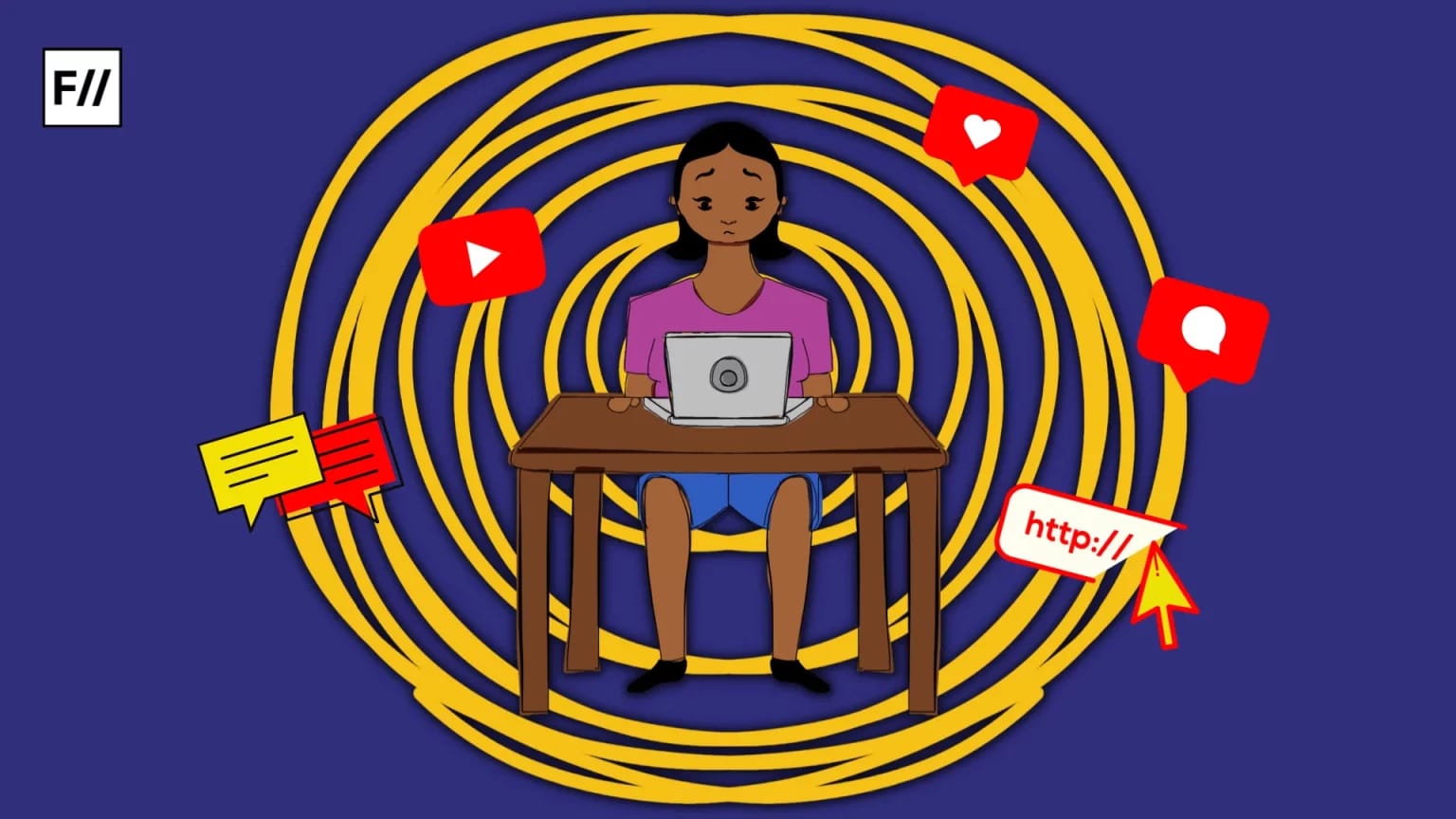If cinematic representation is culturally enunciated, as British-Jamaican theorist Stuart Hall claims in his essay on cultural identity and cinematic representation, it would be an understatement and plain wrong to call the Hindi film industry in India – “A Melting Pot of Spatio-Cultural Enunciation”. Which is to say that the paraphernalia that is Bollywood, is the singular name given to multiple positionalities – diverse social backgrounds, screenplays derived from cultural peculiarities, difference of languages and dialects, and so on and so forth. All of these go on to depict on-screen the ‘hybridity of culture’ that is characteristic of the South Asian Sub-continent. To that effect, Bollywood has its ‘exclusive’ positionality of enunciating the ‘woman’ or the figure carrying the unique nomenclature of ‘heroine’, the feminine counterpart of the male protagonist or ‘hero’.
While the historical transformation of the heroine in Indian cinema has undergone simultaneous alterations with the contemporary culture, her on-screen transition in terms of cultural positionality has been barely gauged. So, on the one hand, we have a silent Parvati (1955, Devdas), the eternal muse of the jilted lover transforming into someone socially more transgressive like Gulabo (1957, Pyaasa), the prostitute-turned-saviour of the defeated artist; all within the span of just two years.
On the other hand, it is interesting to note that neither Devdas nor Pyaasa, ever attempt to foreground the women as the agents of artistic/romantic transitioning of the hero. The hero might eventually lose his battle with life or emerge victorious in the face of adversities posed by society, but either way, it is solely by virtue of his own grit and self-epiphany. In other words, the woman can show him the light at the end of the tunnel but can scarcely become the light herself.
Also read: A Feminist Reading Of ‘Pink’
Partha Chatterjee has deftly traced the dichotomy of the private and public domain of existence as allotted to women and men in 19th century Indian society, where the quotidian feminine aspect is deemed incapable of being the raison d’etre of masculine existence. In the past decade, however, this gender taxonomy so entrenched in Hindi Cinema has witnessed a strange circumventing, possibly due to the rampant vocalization of feminist issues across world disciplines which very naturally penetrated into the consciousness of neo-liberal Indian directors and producers, who, as a knee-jerk response, started making movies which are in tandem with contemporary feminist issues, while being equally palatable for mass consumption. I wish to call this emergent cultural tendency in India as ‘Neo-Bollywoodism’. And what I wish to suggest here is the fact that Neo-Bollywoodism is nowhere even close to redeeming female self-images on screen, for it promotes male complacency as the ‘easiest’ solution to end ‘cinematic sexism’. In this light, I will take up a few recent mainstream Hindi movies and pop-culture gigs for detailed analysis.
I am immediately reminded of a parody video released by the ‘once united, now segregated’ All India Bakchod (AIB) in 2018 called the ‘Bollywood Diva Song‘. It garnered immense viewership not just because an A-league actress from the film fraternity took it upon herself to bash all the Bollywood biggies as her favourite pastime, but also because the song dealt with trending issues of ‘feminazism’, female objectification, lewd lyrics and the most discussed topic of nepotism. Even though the way in which it was handled was pretty hermetic in the sense it termed men to be outright patriarchal dimwits, nevertheless there was one particular line in the song that parodied the emergence of male complacency in an essentially sexist world as a ‘quality’ – a mark of historical transformation of how women are viewed in Hindi films in the 21st century. Roughly translated, the lines read thus in English: “Why do you get outraged like a Feminazi?/ We have made you a modern woman”. One runs the risk of overlooking the inherent lacuna here, especially since in the heterosexual arrangement of the society, amelioration of any form is an exclusively male entitlement, be it bestowing women with suffrage rights or becoming their voice when the need arises, all in the name of empowerment. This is a mere glimpse of how we have naturalized the history of oppression in popular parlance. Monique Wittig aptly states that it is oppression that creates the sex and not the other way round.
In the heterosexual arrangement of the society, amelioration of any form is an exclusively male entitlement, be it bestowing women with suffrage rights or becoming their voice when the need arises, all in the name of empowerment.
Facilitating the workings of oppression therefore is extremely fundamental to the creation of categories of sex. In other words, for male entitlements to foster, it is mandatory to remind the woman of her sexual difference by relegating men out of their own accord. Again quoting Wittig, “This thought based on the primacy of difference is the thought of domination”.
Also read: Film Review: Thappad Is Not Just About A Slap, But About Its Male Entitlement

Another trend is of the man voluntarily stepping back in order to allow the woman to occupy the centre stage has been followed in movies nowadays, to the extent of almost victimising himself as the ‘oppressed other’. This claim might sound offensive, even instinctual but the truth of the fact is that we, the accepting consumers of neo-Bollywoodism and scrutinizers of whether the woman has been empowered in the film or not, have conflated agency and entitlement big time. Take for instance, the highly misogynistic Kabir Singh (2019) was applauded last year for its sheer presentation of the old-school, long-lost love and consummate passion that has practically disappeared from the world, or so we the XYZ generation presume! But come to think of it, this misogynist man respects his ex-partner’s decision to leave him and marry another man, for which Kabir Singh decides to punish himself, presumably so that he may die soon and put an end to his miseries. His substance abuse, alcohol addiction, philandering habits (for, these otherwise illicit habits are treated as entitlements ONLY when it comes to men!), all emerge from the substrate of complacency – his apparent invisibility is the woman’s agency.
Kabir Singh’s substance abuse, alcohol addiction, philandering habits (for, these otherwise illicit habits are treated as entitlements ONLY when it comes to men!), all emerge from the substrate of complacency – his apparent invisibility is the woman’s agency.
The very recent Thappad (2020) is yet another example of neo-Bollywoodism. A highly nuanced and complicated reflection of an inward support for male complacency, there is not a single male character in the movie is out-an-out dark. Not that this is a vice, because it is 2020 and men are finally sophisticated enough to honour a woman’s dignity as well as her tantrums (remember the mother-in-law?). Now, when Taapsee Pannu’s character jumps the gun to file a divorce from her decent husband, primarily what she requires is a push from her father, appreciation from her brother, and total silence from her husband and her father-in-law. Then, and only then, can her social agency gain some momentum and she can walk away with a liberating smile at the end. I do not wish to imply in any way that docility or sober behaviour from men is unacceptable, though it is certainly unexpected. Neither do I support the reversal of sex categories for women to flourish on their own. But as a woman myself, I certainly have an issue with men offering us their positions of power in the form of loaning their masculinity so that our femininity might prosper as it should.
References
- Stuart Hall,‘Cultural Identity and Cinematic Representation’(1989)
- Monique Wittig, The Straight Mind and Other Essays (1992).
Paulomi Sharma is currently a PhD student in the Department of Cultural Studies and Comparative Literature at the University of Minnesota, USA. Her areas of interest are gender, subaltern studies, postcolonial resistance, South Asian film and literatures. She can be found at Facebook and Instagram.





This was a very well-written article. I look forward to more!